SEO for WooCommerce is like a secret recipe for a gourmet dish; everyone wants to know it, but only some have mastered it. In the bustling digital marketplace, standing out is crucial, and optimizing your WooCommerce store is the key. At Plerdy, we understand this better than anyone. Our tools and insights can transform your e-commerce site into a search engine darling. This article unravels the mysteries of WooCommerce SEO, offering you top-notch strategies to elevate your store’s online presence. From product titles to page speed, every tip is a step closer to achieving your digital storefront’s full potential. So, buckle up and prepare to dive into the world of WooCommerce SEO, where every tweak and adjustment could mean a leap in your site’s performance and sales.
Optimize Your Product Titles
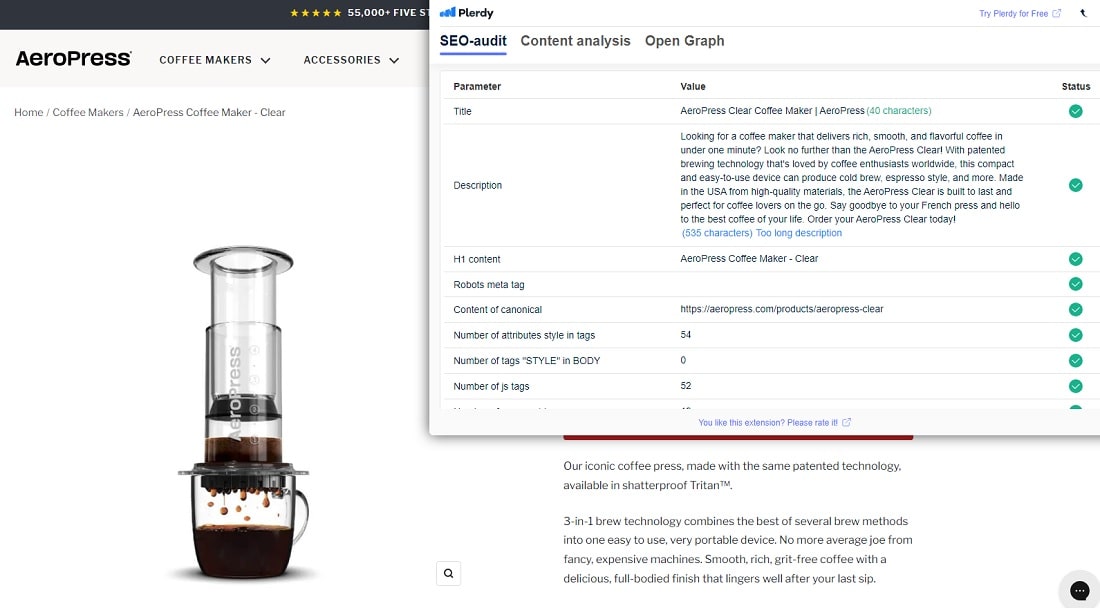
Think of your product title as a storefront sign. It’s the first thing customers see, setting the stage for their shopping experience. An optimized title is your first step towards winning the SEO game in WooCommerce.
Understanding SEO Titles
SEO-friendly titles go beyond being catchy. They must incorporate relevant keywords that mirror your potential customers’ search. According to Moz, titles starting with a key phrase perform better. Cramming too many keywords can make your title look spammy and hurt your SEO efforts.
Tips for Crafting Effective Titles
Start by researching keywords. Tools like Google’s Keyword Planner or SEMrush offer insights into popular search terms. Next, integrate these keywords naturally into your titles. For instance, if you’re selling handcrafted leather wallets, a title like “Handcrafted Leather Wallet – Premium Quality” is descriptive and SEO-rich. Also, keep your titles under 60 characters to ensure they display properly in search results.
Common Mistakes to Avoid
One typical mistake is neglecting uniqueness. Each product should have a distinct title. Avoid generic phrases like “best product” or “great deal.” Also, avoid misleading titles that promise something the product doesn’t deliver. It’s okay for SEO; it’s good for business.
Well-crafted product titles are pivotal in the SEO landscape. They are your first impression in the digital world, an opportunity to attract and inform potential buyers. By optimizing your product titles with well-researched keywords and clear, unique descriptors, you’re setting up your WooCommerce store for greater visibility and success. A great title resonates with both search engines and real people. Make each word count, and watch your store climb the SEO ladder.
Refine Meta Descriptions for SEO in WooCommerce and WordPress
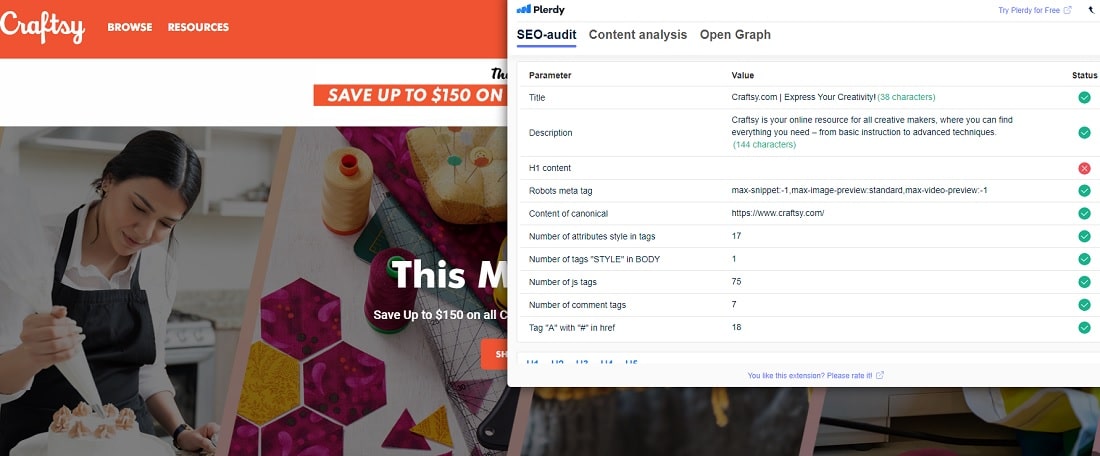
Crafting a meta description for your WooCommerce page on WordPress is akin to creating a captivating book blurb. It offers a glimpse into the content, tempting viewers to delve deeper. While it’s not a direct ranking factor, an engaging meta description can notably increase click-through rates, indirectly elevating your SEO efforts.
Importance of Meta Descriptions in WooCommerce and WordPress SEO
In the context of SEO for WooCommerce and WordPress, meta descriptions act as concise summaries hinting at the content of your page. Google often displays these descriptions in search results, providing a preview beneath the page title. Crafting a meta description gives you control over your content’s representation in search results, even though Google might only sometimes use it.
Crafting Effective SEO Meta Descriptions for WooCommerce on WordPress
An effective meta description for a WordPress WooCommerce site should be brief, descriptive, and contain a call to action. If you want your search results to remain intact, keep them between 155 and 160 characters. Use core SEO keywords that naturally fit the page’s content. Please take a look at our environmentally conscious yoga mats on WordPress, which are designed for maximum comfort and minimal impact on the environment. That is just one example of a WooCommerce product meta description. Start your eco-friendly yoga adventure today! Here, we are following Google’s rules for meta descriptions.
Examples of Strong SEO Meta Descriptions in WooCommerce and WordPress
Effective meta descriptions for WooCommerce and WordPress should address user intent and give a compelling reason to click. Each page should have a unique description. Shun generic statements, focusing instead on the unique aspects of your product or content.
Your meta description is a key advertising tool on search engine results pages (SERPs). A meticulously crafted meta description targets your audience directly, prompting them to click and discover your WooCommerce offerings on WordPress. This simple, often overlooked factor is essential to increasing WooCommerce site traffic and online exposure on WordPress. Keep it precise, engaging, and reflective of your page content to maximize its SEO potential.
Utilize SEO-Friendly URLs
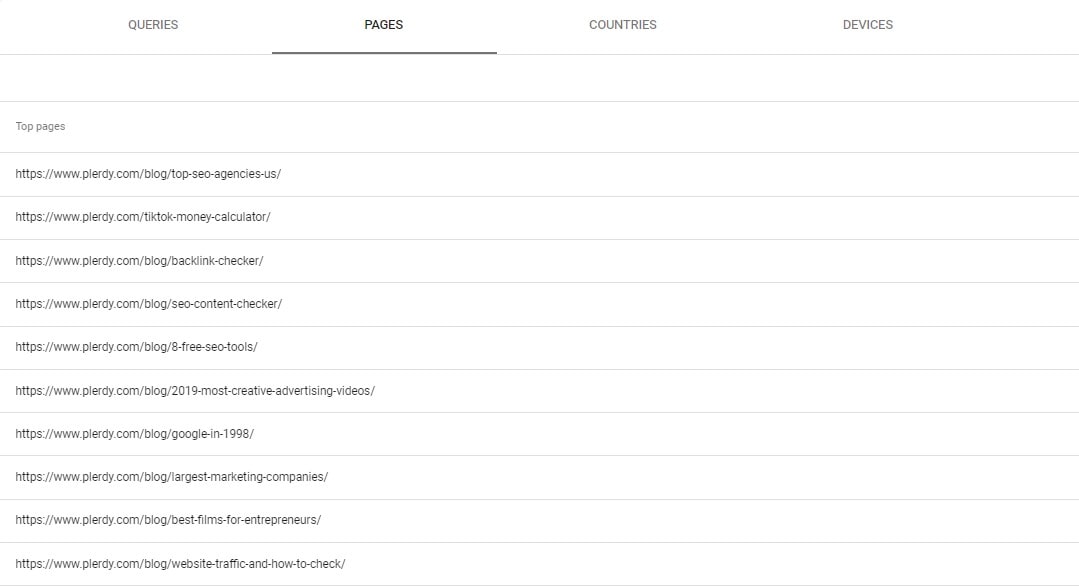
Imagine your URL as a roadmap to your product; it should be clear and easy to follow. In the world of SEO, the structure of your URLs plays a crucial role in how search engines understand and rank your WooCommerce pages.
URLs should match page content and be clear and keyword-rich. This not only aids in better search engine indexing but also enhances user experience. According to Backlinko, URLs are a minor ranking factor, but they contribute to the overall optimization of your site.
When creating URLs, focus on clarity and relevance. For example, for a page selling organic dog food, a URL like www.yoursite.com/organic-dog-food is straightforward and descriptive. Avoid long, convoluted URLs with unnecessary parameters. Short and descriptive URLs are easier for users to read and understand. They are also more likely to be shared and remembered.
In WooCommerce, you can easily customize your product slugs to ensure they align with these best practices. Navigate to your product page, and you’ll find the option to edit the slug right under the product title.
URL optimization easily improves WooCommerce SEO. By making URLs descriptive, concise, and keyword-focused, you’re improving your site’s SEO and providing a better browsing experience for your customers. A well-crafted URL can distinguish between a page that thrives and one that merely survives in the competitive digital market.
Enhance WooCommerce Product Descriptions on WordPress for SEO

Product descriptions play a pivotal role in SEO in WooCommerce on WordPress. They are more than mere descriptions; they are powerful tools for selling, informing, and elevating your site’s search rankings. A well-written product description can set your WooCommerce business apart online.
Developing SEO-Effective Descriptions for WooCommerce in WordPress
Crafting your WooCommerce product description on WordPress requires a mix of informative text and strategic SEO keywords. Utilize tools like Ahrefs or Moz to discover relevant keywords that resonate with your audience. Integrate these keywords seamlessly into your descriptions. For instance, when marketing a ceramic coffee mug, incorporate phrases such as ‘sturdy ceramic,’ ‘handcrafted coffee mug,’ or ‘unique artisan cup.’ Aim to balance being readable and engaging while embedding those SEO-enhancing terms.
Balancing Keywords and Clarity in WooCommerce Descriptions on WordPress
Keywords are vital, but readability takes precedence. Overloading your WooCommerce descriptions on WordPress with keywords can lead to awkward and unattractive content. The art lies in writing primarily for humans and secondarily for search engines. Ensure your descriptions address customer inquiries, emphasize benefits, and resonate with your brand’s tone. Employ succinct sentences, bullet points for key features, and persuasive language to captivate your audience.
A well-optimized product description boosts SEO and enriches the user experience on your WooCommerce WordPress site. It links what customers seek and the value your product offers. By refining your WooCommerce product descriptions on WordPress with an ideal mix of keywords and compelling content, you elevate not just the SEO of your store but also its overall charm. In the digital landscape, your product description resembles your sales representative – make every word impactful!
Optimize Image Alt Texts
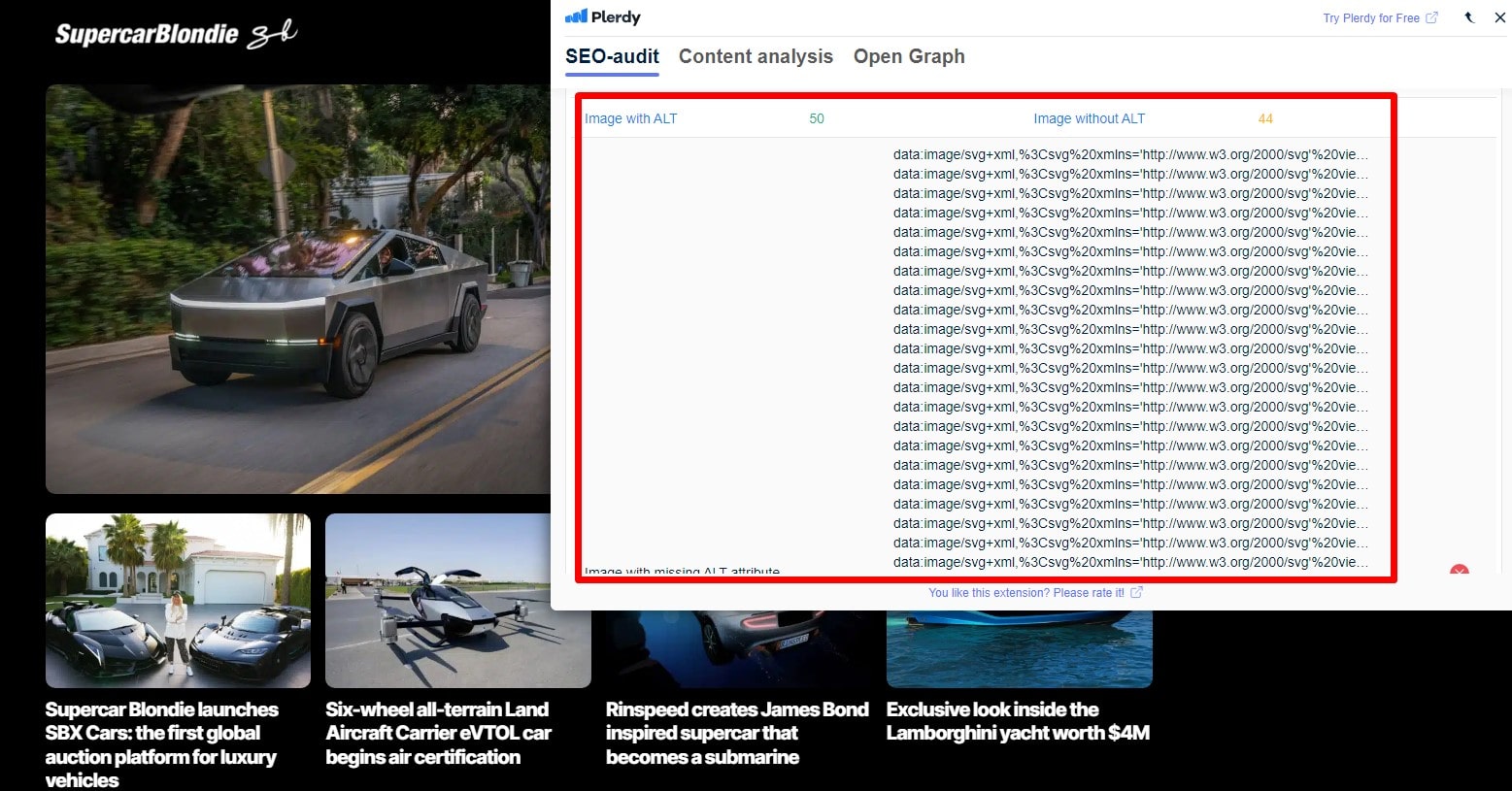
Alt text may be SEO gold, just like a picture is worth a thousand words. Optimizing image alt texts in WooCommerce is a crucial step often overlooked, yet it holds immense potential in boosting your site’s SEO.
Alt texts describe image content for search engines. When images can’t be displayed, this text becomes crucial. It’s not just for SEO; it’s also about accessibility, making your site more inclusive. Search Engine Journal highlights the importance of alt texts for SEO and accessibility, emphasizing how they contribute to a user-friendly web experience.
When writing alt texts, be descriptive and precise. For example, if you have an image of a blue cotton T-shirt, your alt text should be “blue cotton T-shirt front view.” It’s concise, clear, and descriptive. This helps search engines comprehend your photos and improves screen reader interactions.
In WooCommerce, adding alt text is straightforward. While uploading an image, you’ll find a field named ‘Alt Text’ where you can input your description. Every image offers an opportunity to enhance your site’s SEO.
A small step like optimizing your image alt texts can go a long way in improving your WooCommerce store’s SEO. It’s about being visible and accessible, ensuring every element of your site works towards a higher search engine ranking. By giving due attention to this detail, you’re not just optimizing for algorithms but also crafting a better experience for all your visitors.
Enhance Your WooCommerce Store with Structured Data for WordPress SEO
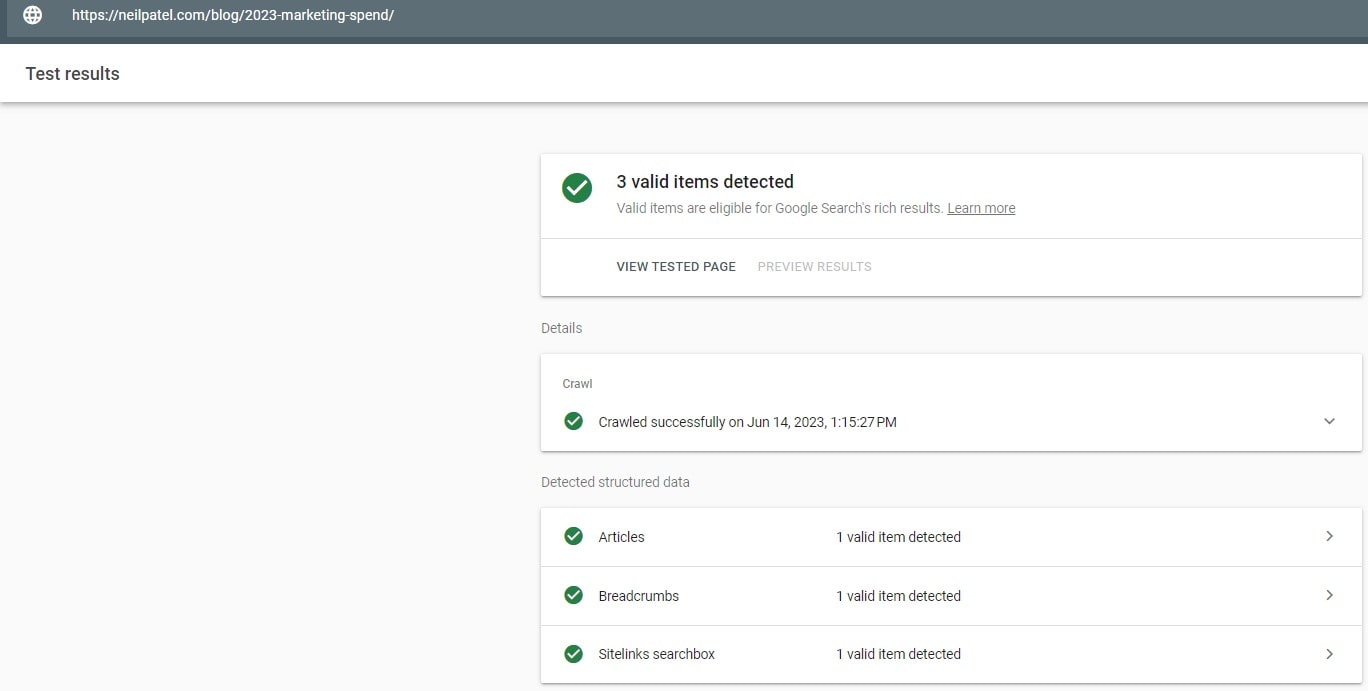
Structured data in your WordPress WooCommerce store gives search engines a thorough blueprint of your site. By implementing structured data or schema markup, you’re facilitating search engines’ comprehension of your products on WooCommerce more accurately, which is crucial for WordPress SEO.
Structured Data’s Role in WooCommerce and WordPress SEO
Structured data categorizes and defines your website’s content, simplifying the process for search engines to index and display it. Utilizing schema markup in WooCommerce on WordPress highlights essential product features like price, availability, and reviews, enhancing your visibility in search results. Google’s Search Gallery highlights how this leads to attractive, rich snippets.
Implementing Structured Data in WooCommerce for WordPress SEO
When applying structured data to WooCommerce, concentrate on product schemas, detailing elements like name, price, and ratings. Google’s Structured Data Markup Helper is a useful tool in this process. Accurate schema markup can elevate your product’s search result visibility in WooCommerce on WordPress.
Structured Data’s Impact on WooCommerce and WordPress SEO
Structured data isn’t merely a technical adjustment; it’s a pivotal enhancement to your WooCommerce SEO strategy on WordPress. By adeptly implementing schema markup, your products gain prominence in the competitive online market. This technique gives search engines precise information to display your WooCommerce products effectively on WordPress, attracting more clicks and potential customers.
Implementing Breadcrumbs in WooCommerce on WordPress for SEO
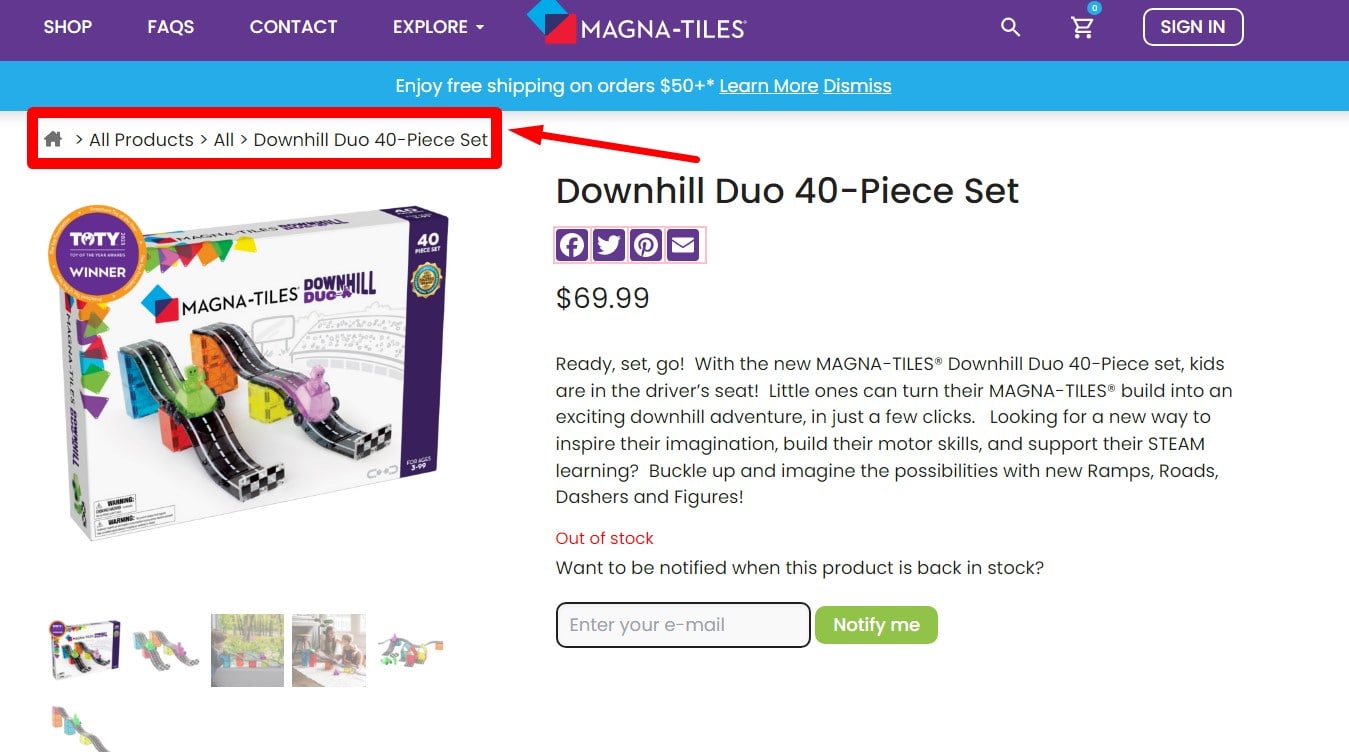
WooCommerce breadcrumbs serve as navigational aids, like in the Hansel and Gretel tale, enhancing user experience and SEO. Breadcrumbs clarify the user’s path, easing navigation on your WooCommerce site and boosting SEO by reducing bounce rates and enhancing user engagement. While not direct ranking factors, as Moz states, they contribute to an improved user experience, which is vital for SEO.
Enabling Breadcrumbs in WooCommerce
Activate breadcrumbs in WooCommerce through SEO plugins or theme settings. They typically appear at the top of a page, linking from the home page to the current page, which is invaluable in e-commerce for guiding users across product categories.
The SEO Value of Breadcrumbs in WooCommerce on WordPress
Breadcrumbs transcend being mere navigation tools; they are integral to a robust SEO strategy, improving shopping experiences. Clear guidance through your WooCommerce site on WordPress simplifies user journeys and boosts the likelihood of return visits and sales, enhancing search rankings.
Optimizing Category Pages in WooCommerce for WordPress SEO
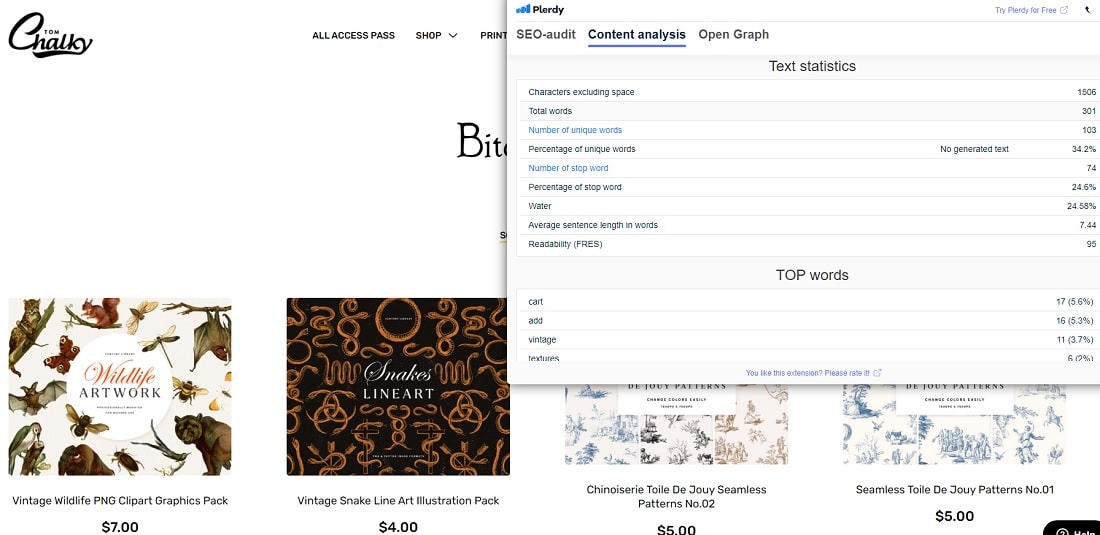
In WooCommerce SEO on WordPress, category pages are crucial junctions for product organization and SEO enhancement. These pages should offer more than a product list; they need to summarize the category engagingly and concisely, using targeted keywords to improve searchability. Neil Patel stresses the importance of high-value keywords for enhanced search visibility on these pages.
Crafting Engaging Category Pages for WooCommerce SEO on WordPress
Write captivating, informative descriptions for category pages, incorporating relevant keywords naturally. This strategy improves rankings and helps customers grasp the category’s offerings. A well-optimized category page in WooCommerce on WordPress can also be an effective landing page, drawing more traffic.
Category Pages’ Role in WooCommerce and WordPress SEO
Category pages are vital in navigating customers and search engines through your WooCommerce store. Optimizing these pages with thoughtful, keyword-rich content sets the stage for improved visibility, user experience, and sales in your WooCommerce store on WordPress.
Prioritizing Mobile Optimization for WooCommerce in WordPress SEO
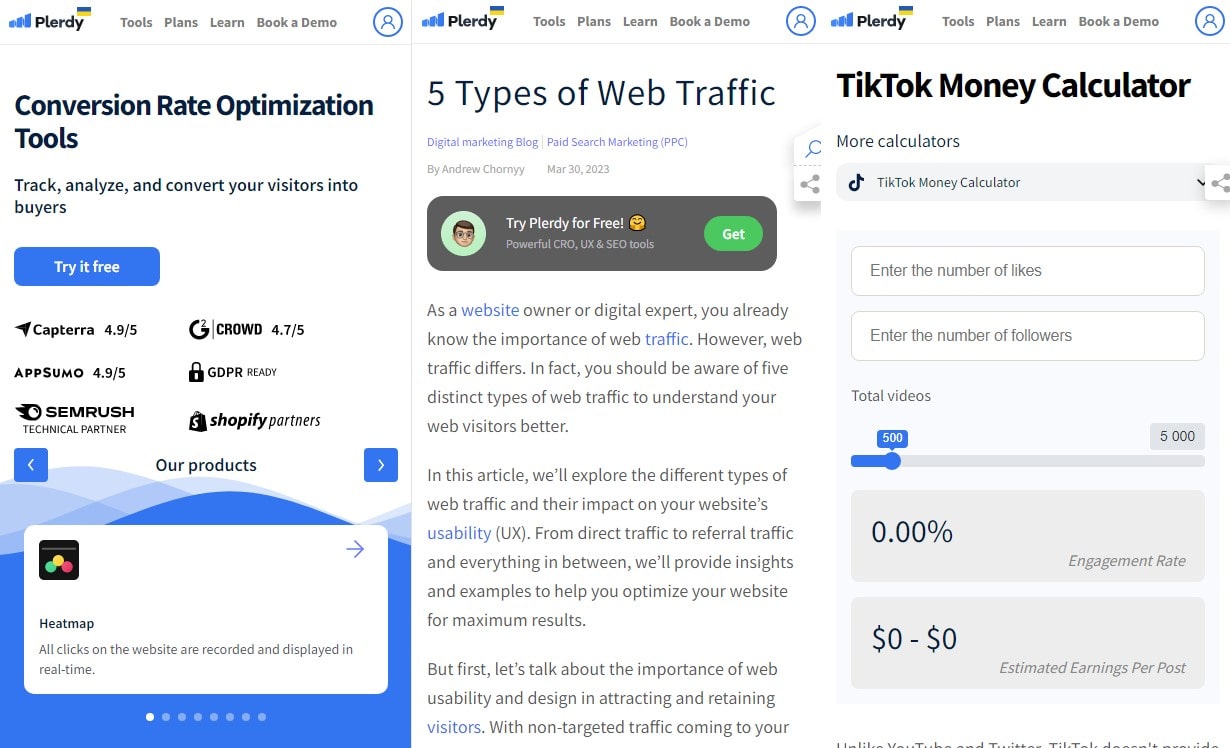
Your WordPress WooCommerce store needs mobile optimization in today’s digital age. WordPress SEO requires a mobile-friendly WooCommerce site since most online sales are mobile.
Mobile Optimization’s Significance in WooCommerce and WordPress SEO
Mobile optimization entails making your WooCommerce site responsive and adapting to various screen sizes. Google loves mobile-friendly sites, which is important for SEO and user experience. Search Engine Land reports that Google’s mobile-first indexing is vital for SEO success.
Implementing Mobile Optimization for WooCommerce on WordPress
For mobile optimization, focus on user-friendly elements like legible fonts, accessible menus, and quick-loading pages. Google’s Mobile-Friendly Test can assess your WooCommerce site’s mobile performance. Mobile optimization for WooCommerce on WordPress is about creating a pleasant, efficient mobile browsing experience.
The Importance of Mobile Optimization in WooCommerce and WordPress SEO
Ignoring mobile optimization is not an option for online businesses. A mobile-optimized WooCommerce store enhances user experience and search rankings, inviting more traffic and fostering a successful online presence on WordPress.
Improve Site Speed and Performance
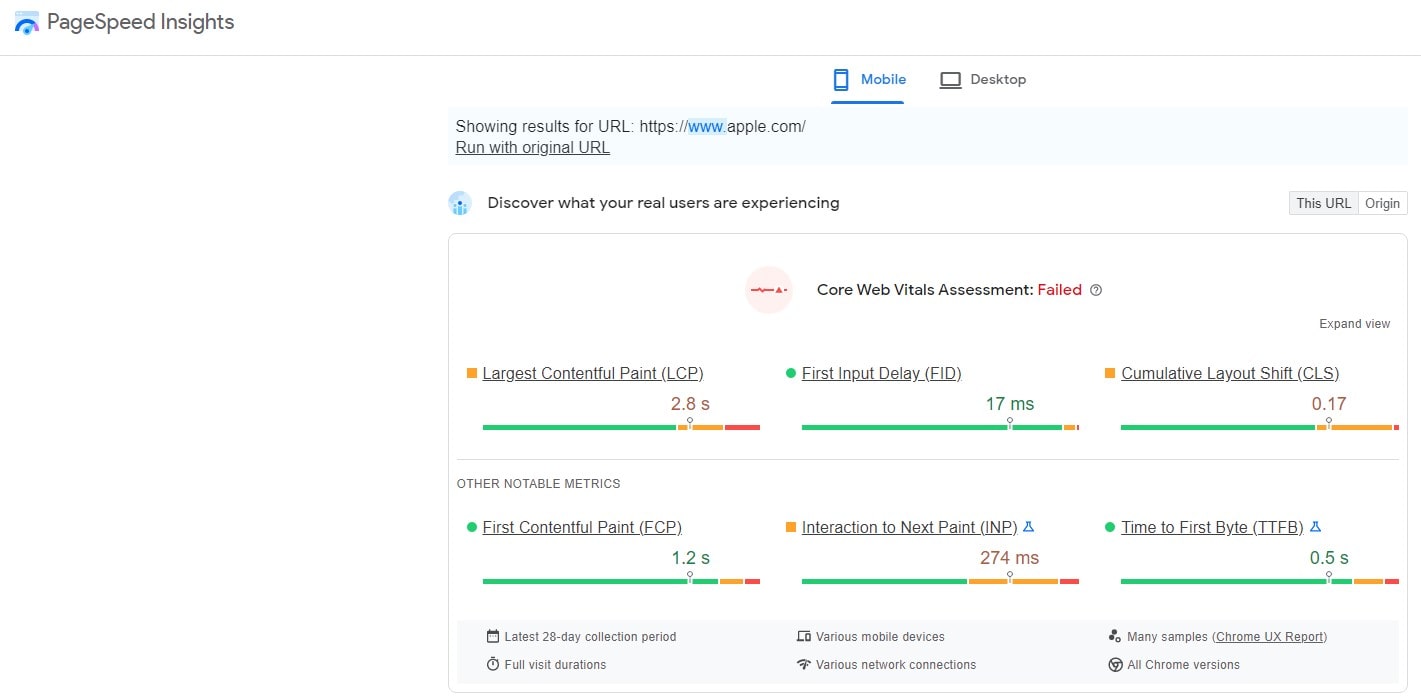
In the digital e-commerce race, site speed and performance are not just functionalities but the backbone of user experience and SEO. For WooCommerce stores, optimizing these aspects is essential to stay ahead in the competitive market.
Speed’s Impact on SEO
Search engine rankings depend on site speed. Google has stressed the importance of fast-loading webpages for user experience. As per a study by Moz, site speed directly influences search engine rankings, with faster sites generally ranking higher. Speedy sites offer a better user experience, leading to higher engagement and lower bounce rates.
Techniques for Speed Optimization
To enhance your site’s speed, start with image optimization. Large, unoptimized images are the most common culprits for slow-loading pages. Compress photos without sacrificing quality with Adobe Photoshop or TinyPNG. Additionally, leverage browser caching, which stores webpage resources on local computers, reducing load times for repeat visitors.
A Content Delivery Network (CDN) can improve site performance. CDNs distribute your site’s content across multiple, geographically diverse servers, reducing the load time for users irrespective of their location.
Monitoring Site Performance
It is crucial to monitor your website’s speed and performance regularly. Tools like Google PageSpeed Insights offer valuable insights into your site’s performance and provide actionable recommendations for improvement.
Conclusion
E-commerce is dynamic; thus, mastering WooCommerce SEO unlocks a wealth of digital potential. From optimizing product titles to enhancing site speed, each strategy we’ve explored is a stepping stone toward elevated online visibility and success. SEO is a journey, not a destination. Applying these tips will keep your WooCommerce store ahead in the SEO race. Curious about more ways to boost your online presence? Dive into other insightful articles on Plerdy’s blog. Each piece is a reservoir of knowledge waiting to elevate your digital strategy. And if you’re seeking a comprehensive solution to analyze and enhance your website’s performance, Plerdy’s suite of tools is your go-to resource. Start your journey to digital excellence with Plerdy today.
